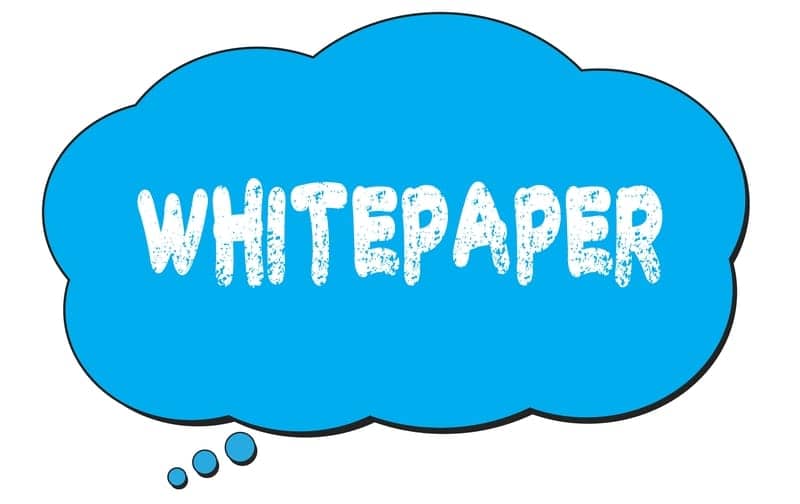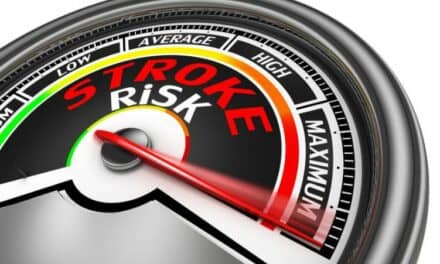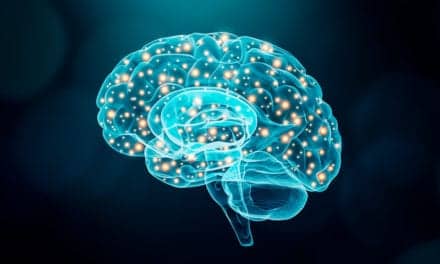BIONIK Laboratories Corp releases a new whitepaper, Using IoT Data to Quantify InMotion Therapy Gains on Upper Extremity Motor Impairments, detailing the significant clinical effects of InMotion Robotic technology on patient recovery.
In the report, patients utilizing InMotion robotic devices measured upwards of 15-20% improvement over a 14-day time-frame. The new data suggests additional sessions with InMotion robots improve a patient’s ability to move more smoothly, with intention, and in a controlled manner.
BIONIK’s products of InMotion Robots for rehabilitation following stroke and other neurological conditions help patients to regain arm and hand movement. The reported clinical gains highlighted in the whitepaper show greater therapeutic gains associated with an increase of InMotion therapy sessions for patients suffering from upper-extremity motor impairments. For all metrics measured, patients who had three or more sessions within a 14-day period had improved at least 8% more than patients who had two sessions, who also experienced an increase in improvements, which furthers the case for continued use of the InMotion technology. For some metrics, according to the whitepaper, the increase in improvement was even higher, including:
- 15.1% increase in improvement of Smoothness, which is defined by the measure of the smoothness in the velocity of arm movement. Smoothness is important for tasks such as independent feeding and cooking.
- 17% increase in improvement with Movement Efficiency, or the ratio of the total distance of the patient’s movement path with respect to the straight-line distance between the targets. A larger value indicates a greater ability to directly move between two points.
- 18.1% increase in improvement with Motion Jerk, the time derivative of acceleration. Motion jerk is an indication of the patient’s control of arm motion and ability to produce smooth movement.
- 19.7% increase in Mean Velocity, the velocity of a patient’s movement from target to target.
“Asset utilization is a priority for both hospital and out-patient management teams, and with InMotion’s data showing an increase in patient gains across various movements, we’re thrilled to offer a solution that will engage clinicians to employ the devices to garner the same positive patient outcomes,” says Richard Russo, Jr, interim CEO and Chief Financial Officer of BIONIK.
“Data is at the core of our products, and building on our foundation of technology and software, BIONIK will continue to further develop its software services around the patient journey through superior data and the AI capabilities with expert led partnerships.”
The number of hospitals and rehabilitation centers in the U.S. utilizing an InMotion robotic device has increased three-fold since 2019. Through BIONIK’s partnership with Kindred hospitals across the country, who use InMotion robotic devices within their Inpatient Rehabilitation Facilities, more than 250 patients utilize the assistive robotic devices each month.
BIONIK currently has approximately 280 InMotion robotic systems in use to help stroke patients and those with other neurological conditions regain arm and hand movement through a combination of sensory-motor and visual cues along with provision of assist-as-needed motor learning reeducation techniques in the form of a neurotherapeutic robot.
[Source(s): BIONIK Laboratories Corp, Business Wire]
Related Content:
InMotion Connect Data Analytics Solution: New from Bionik Labs
BIONIK Labs Debuts Updated InMotion System





